Think of pewter, and tarnished, silver-grey pub tankards may spring to mind. Yet pewter has a much more scintillating story. The contemporary Swedish design and interiors company Svenskt Tenn, for instance, was even founded on pewter. In October 1924, art teacher Estrid Ericson opened the Firma Svenskt Tenn shop in Stockholm, selling pieces of pewter, one of the most exciting materials of the time. Today, the firm, which expanded in the 20th century to cover all aspects of interior design and is famed for its work with architect-designer Josef Frank, still sells several of the original pewter designs. They include Estrid’s iconic fish-shaped ‘Brännvinsfisken’ schnapps flask, alongside dozens of pieces dreamt up through the decades, comprising candleholders, vases, teapots and jewellery. All are unexpectedly shiny and modern-looking.
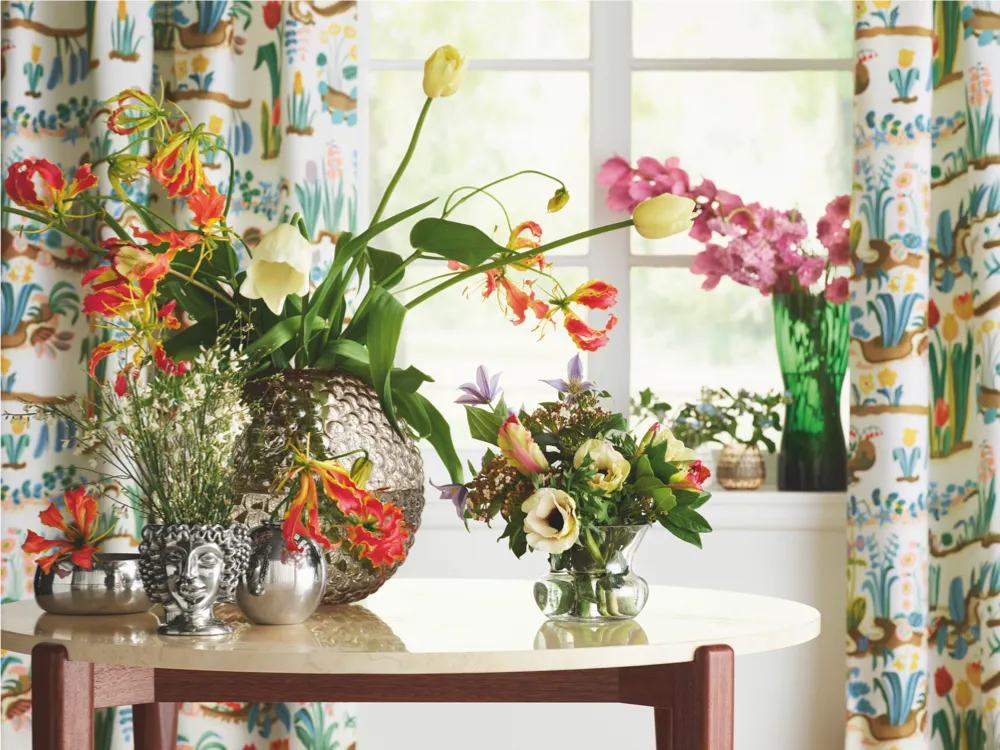
‘Polished pewter is a surprisingly white colour,’ says Duncan Campbell, Antiques Roadshow silver specialist and co-owner of antiques shop Beau Nash in Bath. ‘However, while glorious, it was very much silver’s poor cousin. If someone could afford the silver version, they would have had it.’
Far from being fusty, antique pewter is being used more these days for interior styling. ‘I think it lends itself to a lot of interiors – it fits in well with Swedish or English country houses,’ says antiques dealer Stuart Atkinson of Fontaine. ‘A huge charger filled with lemons on a contemporary table looks so good.’
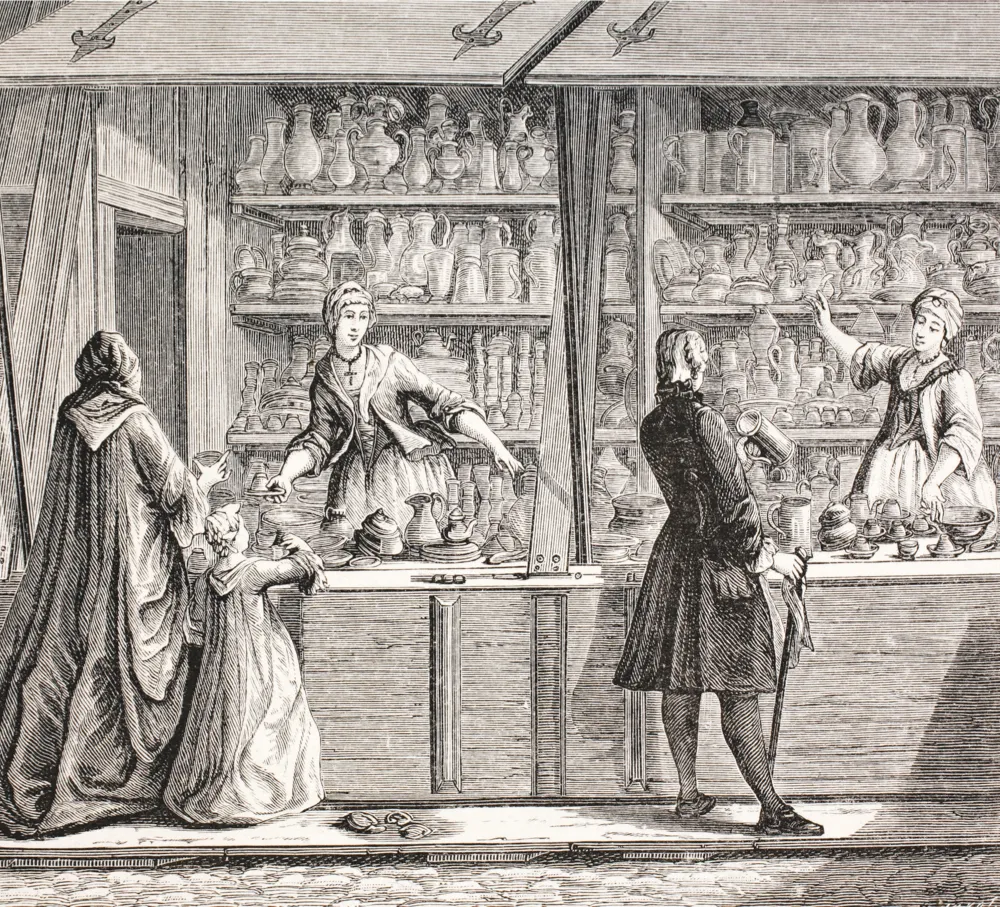
Pewter is an alloy of tin and small quantities of other metals such as copper, bismuth or antimony. It is one of the oldest manufacturing industries in the world, dating from the Bronze Age. Little archaeological evidence exists due to its low melting point, which meant old pieces were melted down when fashions changed, but the earliest known piece of pewter is an Abydos flask found in a tomb in Egypt, dating back to c1450 BC.
‘Pewter has been around for 3,000 to 4,000 years, but it wasn’t in England until the Roman invasion,’ says Duncan. ‘They invaded for England’s tin supplies. The Romans had known how to make pewter for 2,000 years – and the best pewter contains at least 85 per cent tin.’
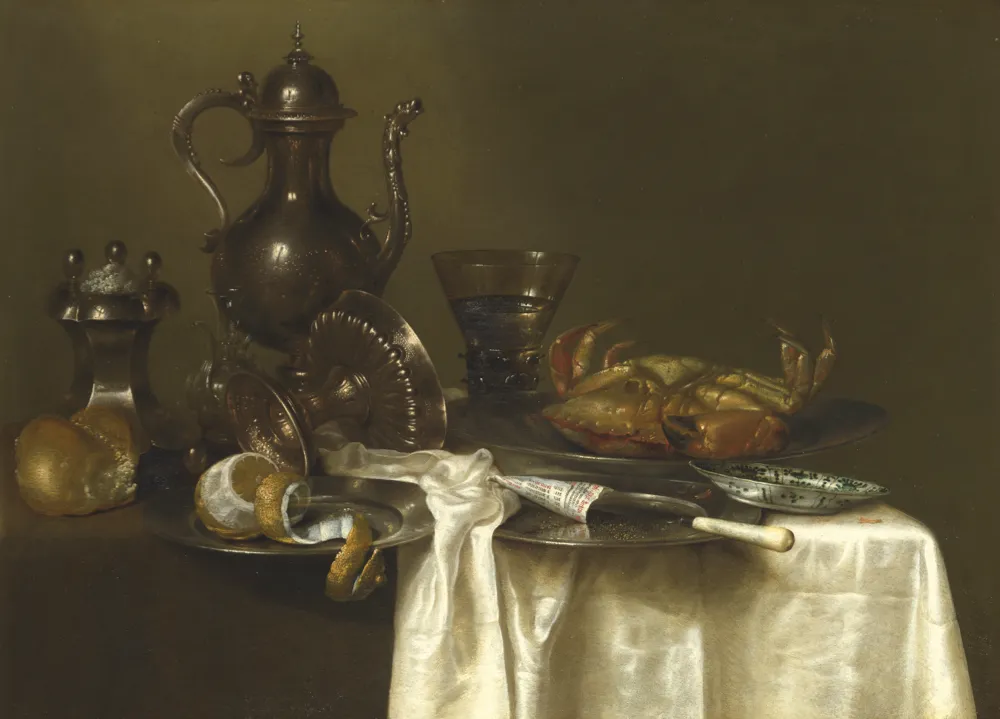
The technology to make pewter disappeared from Britain after the fall of Rome in the 5th century, but according to Duncan, it returned to our shores around 1,000 years ago. The pewter trade expanded during the centuries that followed, which brought about the formation of The Worshipful Company of Pewterers in 1348 to regulate how it was made. Edward IV granted the company a charter in 1473, giving legal control over the manufacture of pewter in England, enabling inspectors to check for poor-quality wares. If pewter contained too much lead, for instance, it could leach out when in contact with acidic foods and cause lead poisoning – which is why tomatoes served on pewter plates in the 1700s were considered poisonous.
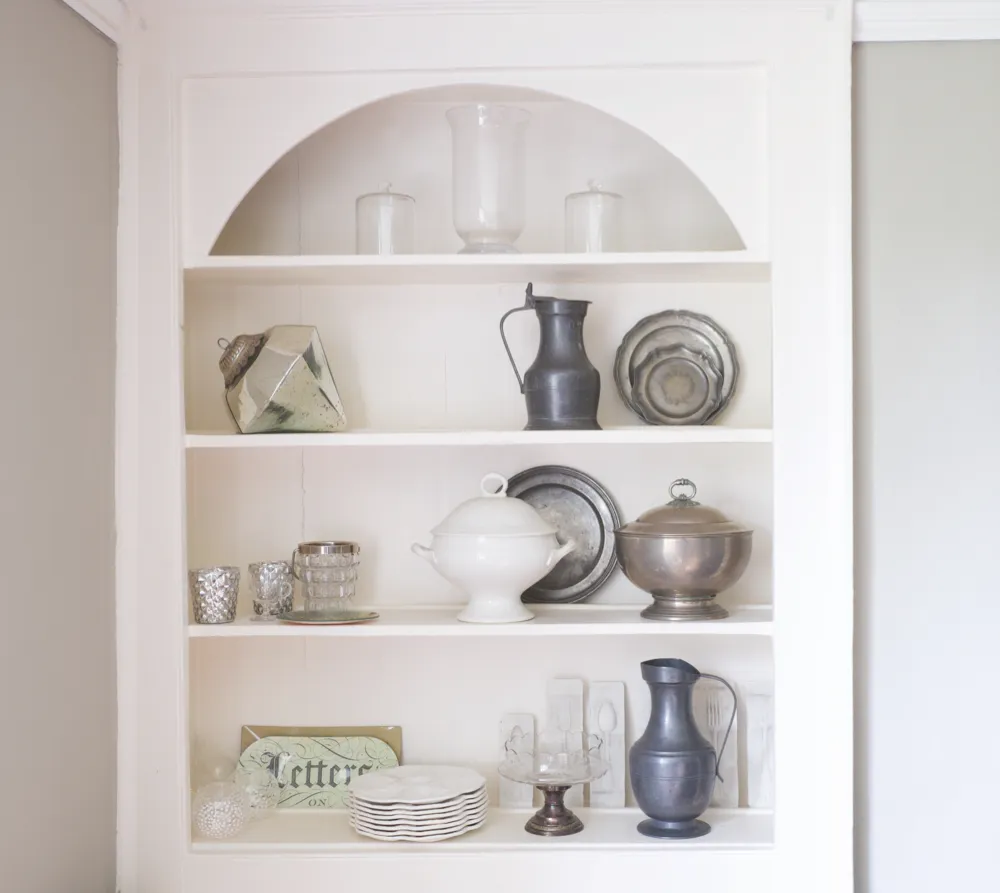
Pewter has always been synonymous with the Tudor period, which is no surprise as it enjoyed a boom in England in the 16th and 17th centuries. ‘The Tudors were using lots of pewter plates as the average yeoman couldn’t afford silver,’ says Duncan. ‘Many pewter pieces copied silver originals. Nuremberg and London were centres for pewter, but it was made in many regions.’
When Tudor shipwrecks the Mary Rose (lost in 1545) and one discovered at Punta Cana in the Dominican Republic (sunk around 1540) were excavated, divers found hundreds of pieces of pewter. Many bore the touch mark of Sir Thomas Curtis, regarded as the most important London pewterer of the 16th century.
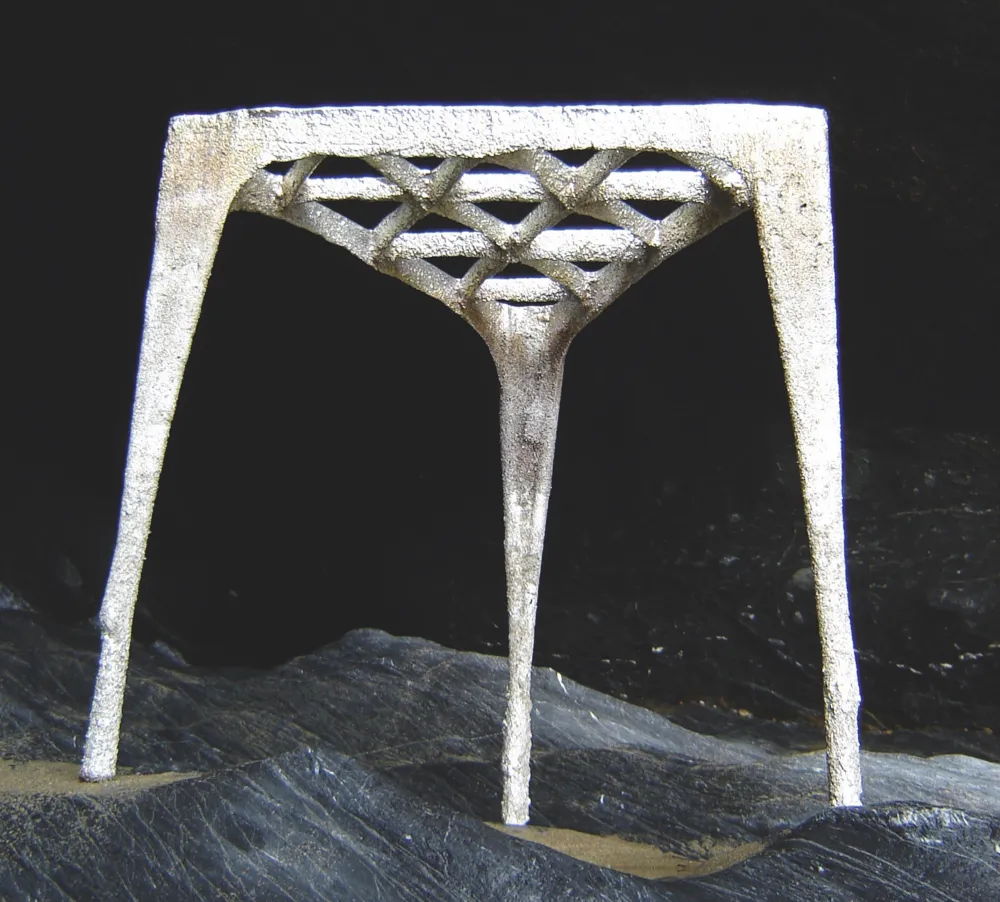
Pewter reached its peak in the 17th century and every home and tavern would have had pewter jugs, plates, buttons, toys, tankards, wine cups, inkwells, candlesticks and spoons. Indeed, famous Dutch still life paintings of the period feature pewter flagons and ewers.
By the 18th century, however, thanks to the new fashion for tea-drinking that was followed by the Industrial Revolution, the industry shrank somewhat and new wares comprised mostly pub mugs.
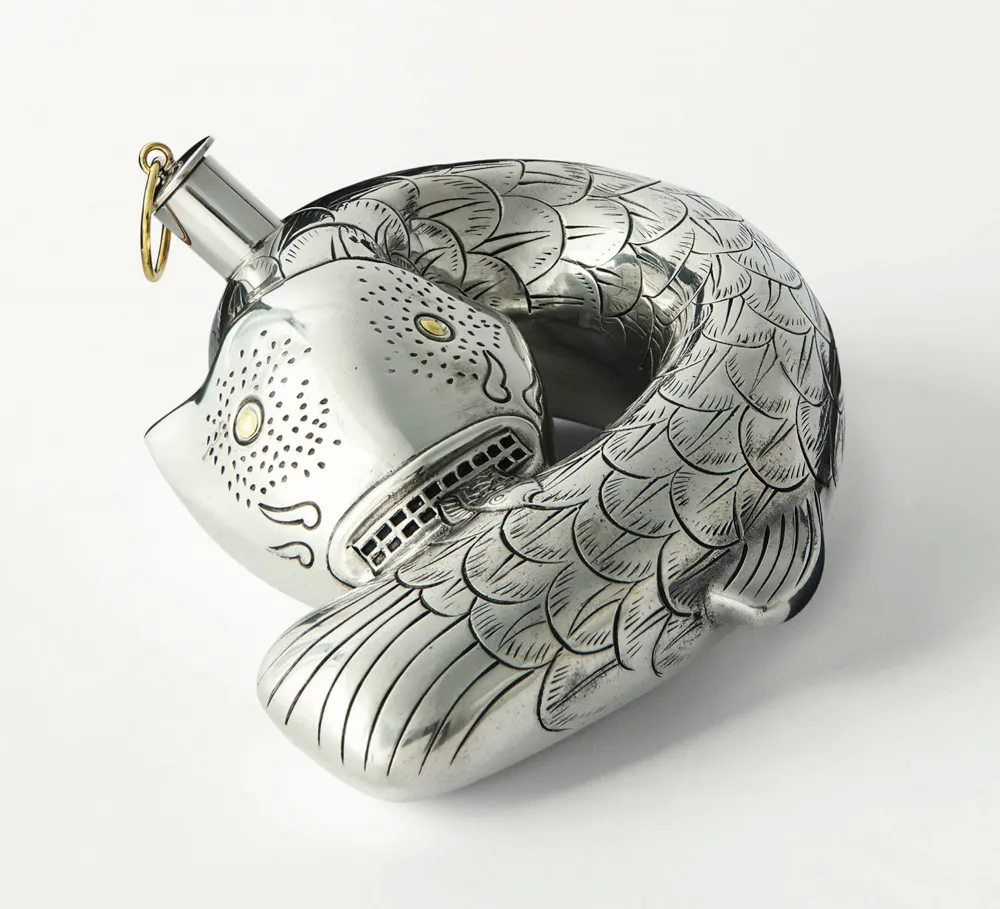
Pewter underwent a brief renaissance during the Arts and Crafts movement that began in the late-19th century, and the art nouveau movement of the early 1900s. Archibald Knox mastered pewter as a material and designed vases, clocks, tea sets and inkwells for the Tudric range at the fashionable Liberty store in London. ‘Pewter has always gone in and out of fashion,’ Duncan adds. ‘An expensive pewter area is good art nouveau examples. A Liberty pewter piece by Archibald Knox can sell for between £5,000 and £20,000.’
On the more affordable side, dealers such as Fontaine are selling decorative 18th and early-19th-century pewter for around £50-£100. ‘Decorators use it, as it’s becoming more fashionable,’ says Stuart. ‘I’ve just used pewter to style a restaurant in a new London hotel. I buy it to make a dresser or cabinet look good.’
THE FUTURE OF PEWTER
The use of pewter is alive and well, with designer-makers producing both contemporary and traditional pieces. Indeed, The Worshipful Company of Pewterers still works hard to promote modern British pewter through its annual Pewter Live design competition. Fleur Grenier is one of the UK’s leading pewtersmiths, creating sculptures, tableware and decorative pieces, while artist Ella McIntosh makes contemporary pewter vases, candleholders and spoons. British designer Max Lamb went one step further and cast a pewter stool in sand on a beach (pictured). And Ian McIntyre offers a modern take on pewter tableware, alongside hand-spun polished pewter milk jugs and sugar bowls for craft/design store, Another Country. Svenskt Tenn continues to innovate with its pewter works – recent offerings include the modern Gömma box by Norwegian designer Marianne Andersen, and a nature-inspired collection by Swedish artist Jakob Solgren.
Collecting pewter
Accumulating antique pewter can be fun, interesting and affordable. As so much was made over so many centuries, collectors can focus on types or styles, periods or origins, or simply the material
The pewter collecting field is so varied and broad that anyone considering starting a collection is advised to begin small. ‘Get a feel for things,’ says seasoned collector Diana German of The Pewter Society. ‘You should be able to find a Victorian pewter mug for about £5 to £10 at car boot sales. You can always find these as so many were made for pubs. Always feel comfortable with your purchase, though. I would also advise novices to read as many books on pewter as possible – there are plenty out there. They will teach you what to look for in terms of condition and explain what the marks mean.’
Diana also suggests going to see really good examples of pewter. ‘There are ecclesiastical pieces in cathedral treasuries,’ she says. ‘Chichester Cathedral has a fine selection. Find museums with good pewter collections, too.’
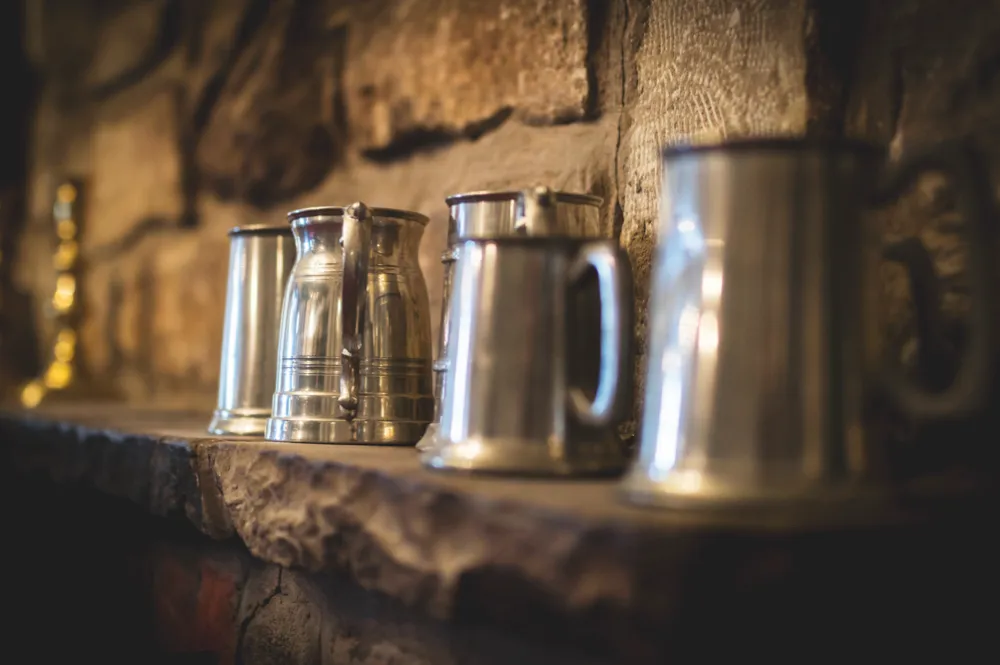
It’s easy and cheap to find 18th and 19th-century pub tankards and measures. Earlier pewter can still be found but it is more expensive. ‘A lot of 16th and 17th-century pewter exists and you can put together a decent collection – with money,’ says Duncan Campbell. ‘Pieces of pewter dating from the 15th to 17th centuries are ruinously expensive. Anything good from that period can make money not too dissimilar to silver.’
Diana has collected pewter for many years and her vast collection is now in the hundreds. ‘I have pieces all over my house,’ she says. ‘I have a penchant for things from the 17th century. I like doing the research on the marks of pewter and its mellow colour. I personally like the styles and the history of pewter pieces.
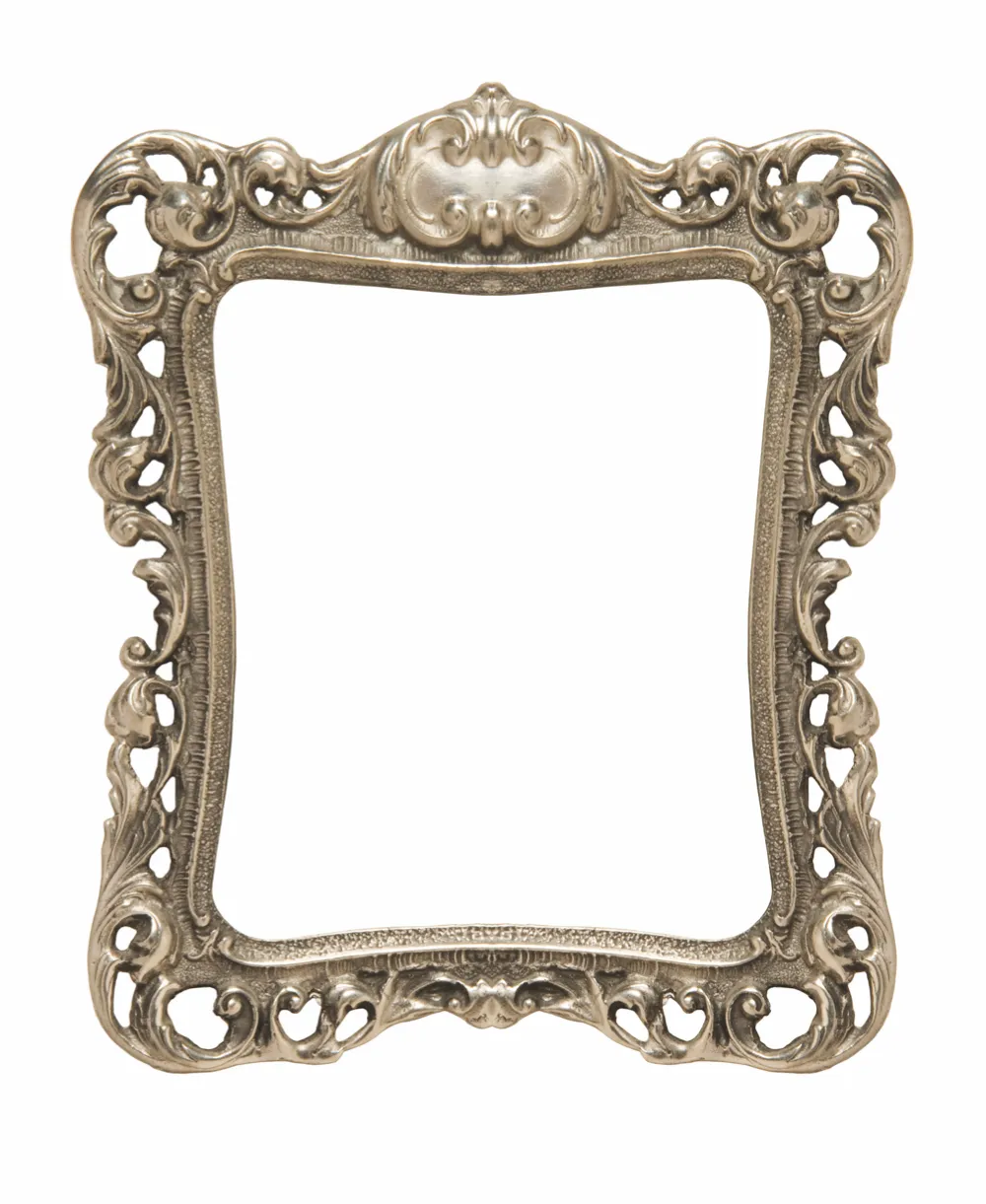
‘I also like small Scottish and early London measures,’ Diana continues. ‘I particularly like flagons but these are costly and rare. You probably won’t find a flagon at a car boot sale. Pieces do come up at antiques markets but you have to know what you’re looking for. It’s rare to find good pieces of pewter this way now. If someone has something special, they may try to sell it on eBay or at auction. My holy grail is an Elizabethan lidded flagon. These are incredibly rare, though.’
Occasionally, pewter does come up at antiques fairs and markets such as Ardingly and Sunbury at Kempton. By chance, at an antiques fair, Diana once found a 17th-century Dutch inkwell that had been overlooked. ‘People thought it was a fishing reel,’ she says.
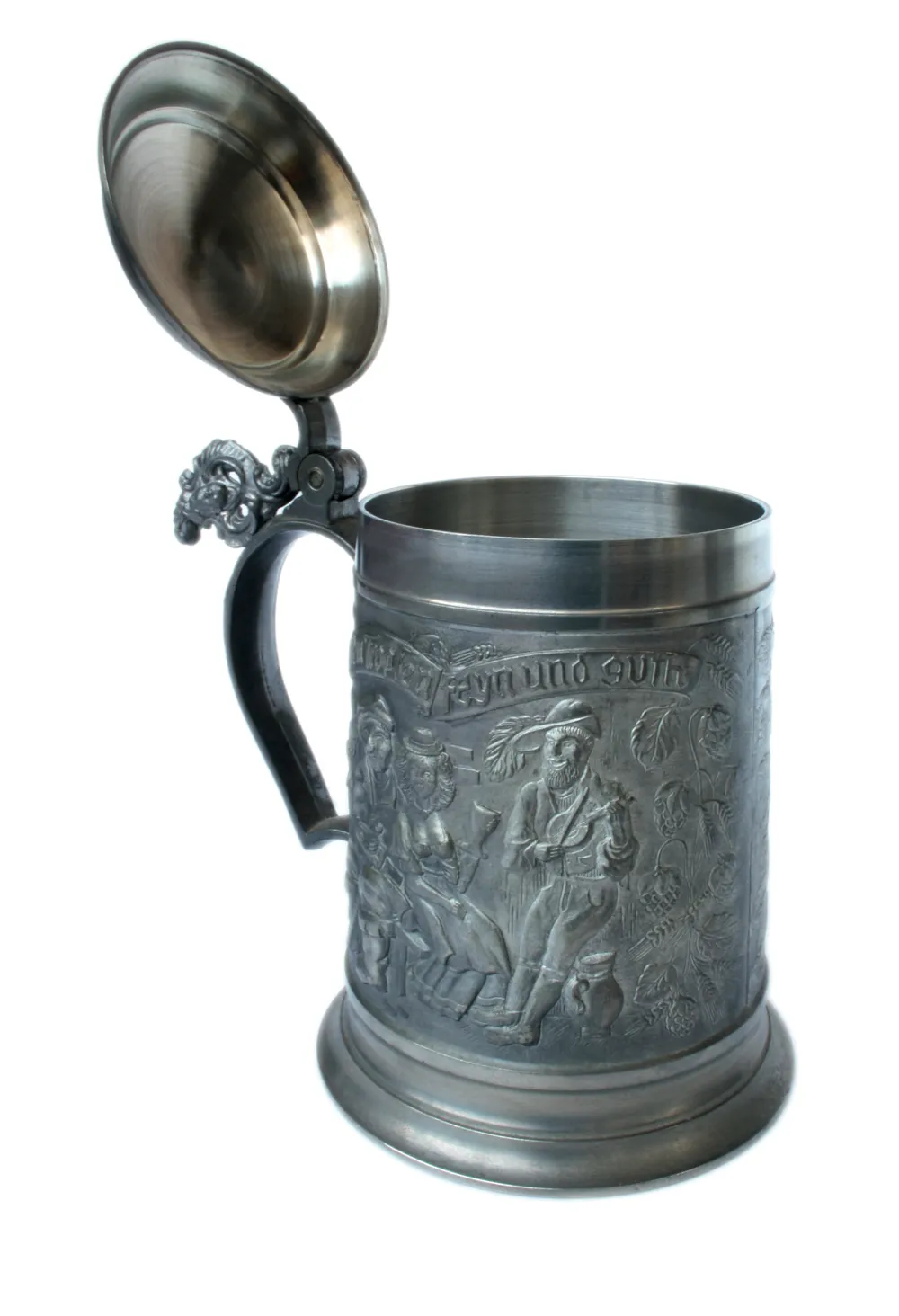
Beware of Fakes
Counterfeits are a common problem with pewter. ‘As pewter is so easy to make and because there is so much money to be made, there are lots of fakes around,’ warns Duncan. ‘Art nouveau pewter is widely copied, as are early period pieces. Pewter has been faked since 1870, with people reproducing older and more precious pewter so, as a result, some pewter is not as old as it purports to be.’
Diana also urges caution. ‘You have to be careful,’ she says. ‘If it looks too good to be true, it probably is. Some pub measures are rare and can be faked. Very large examples are particularly rare, so be cautious if you come across a gallon measure for sale from the 18th century. The more desirable the piece, the more likely it will be faked. Anything rare and genuine would probably end up at Bonhams. There are reproductions out there but these were never meant to deceive and will have a name, date and number.
‘Something over 100 years old will not look like it has just come off a shop shelf. It will have signs of wear such as dents, scuffs and scratches.’
Collecting Areas
Some people will only collect art nouveau pewter, while for others it might be German pewter by known makers such as Kayserzinn or WMF (formerly Württembergische Metallwarenfabrik).
According to Diana, pub mugs remain popular now because they are affordable and there are still many good examples out there. ‘People like Victorian pub mugs because some have the initials of the landlord on them and where they come from,’ she says. ‘Some collect regional pieces, such as Scottish or Irish pewter. Others collect medical items that include medicine spoons, inhalers, syringes and bedpans.
‘It’s difficult to collect 17th-century pieces unless you have a lot of money. When you are paying more, it’s important to find someoneselling pewter who is vetted and trustworthy.’
Where to buy antique pewter
Depending on the age and type of pewter you are looking for, you may find examples at markets and fairs, but it might be that you have to look to auctions and specialist dealers.
- Art & Antiquesfor Everyone28th November-1st DecemberHall 12, National Exhibition Centre, Birmingham, B40 1NT.0844 581 0827; antiquesforeveryone.co.uk
- FontaineUplands, Burtons Lane, Wellington Heath, Ledbury, Herefordshire, HR8 1NF.07855 360475; fontainedecorative.com
- Hansons in DerbyshireOften holds auctions featuring pewter.hansonsauctioneers.co.uk
- Keith Hockin Antiques The Square, Stow-on-the-Wold, Cheltenham, GL54 1AF.01451 831058; keithhockin.com
- The Oak InteriorSales at Bonhams. bonhams.com